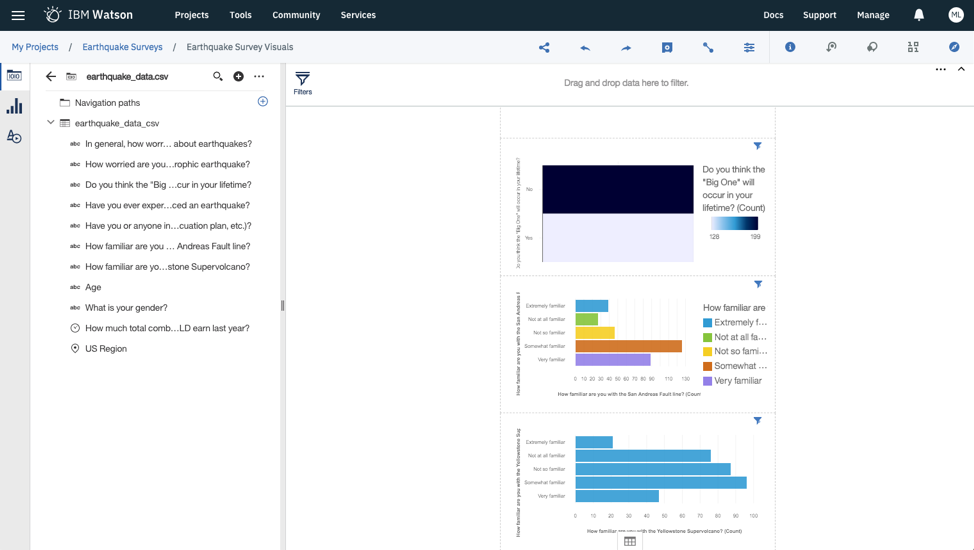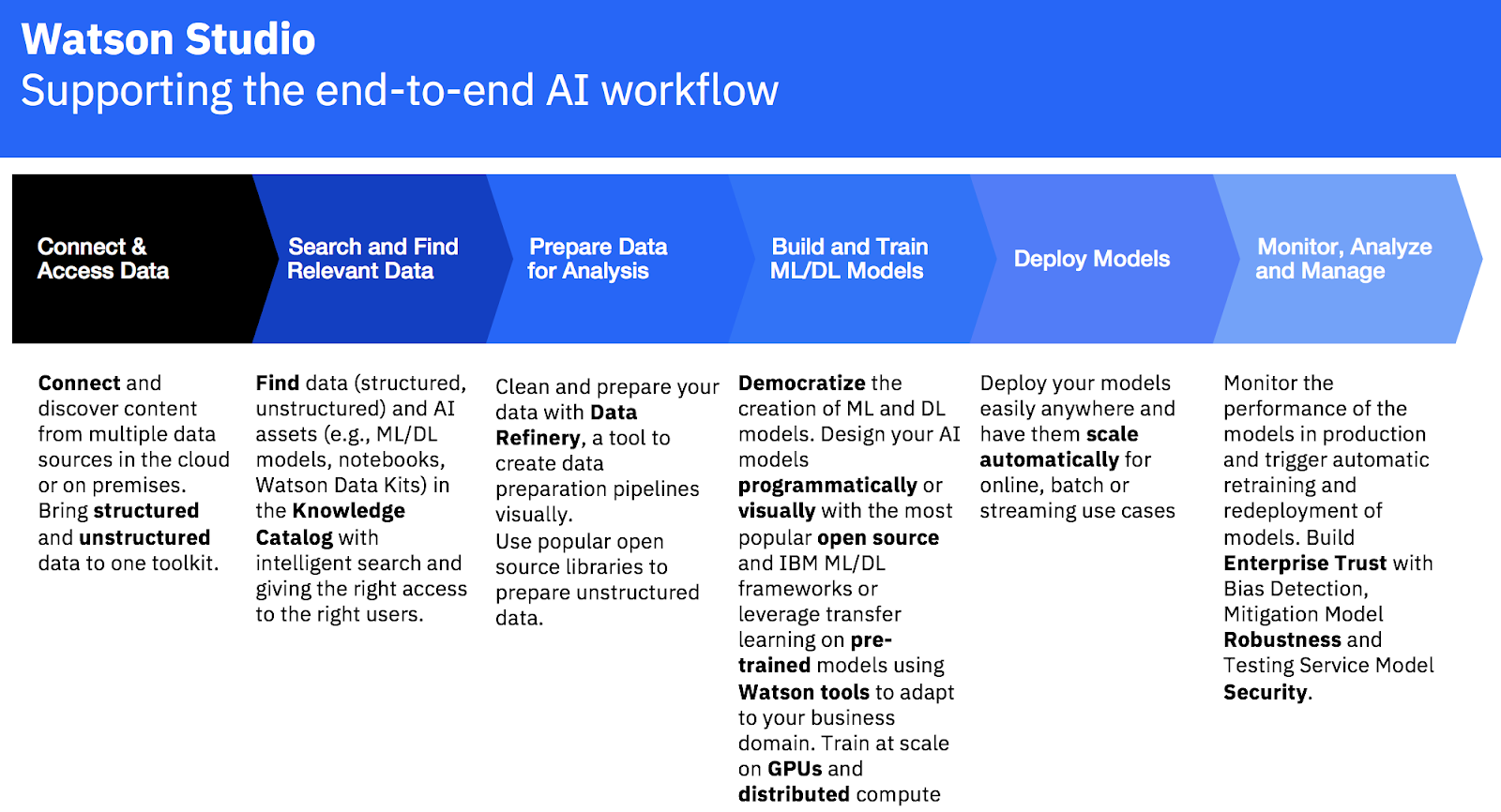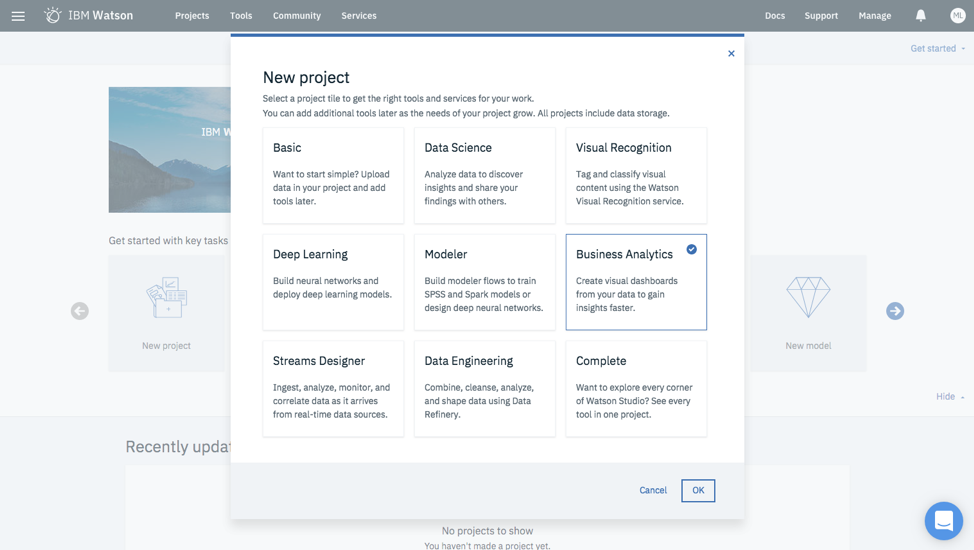How I Learned To Stop Worrying And Love The A.I.

Artificial Intelligence is a phenomenon almost everyone is aware of, but did someone actually managed to implement into their workflow? Mark Lynd, the cybersecurity and blockchain consultant, shares his experience in a series of articles.
In my experience as a C-level executive and long-time AI professional, I’ve learned that people who want to utilize Artificial Intelligence find getting started to be the most difficult part. Even the more confident practitioners could easily become intimidated by the array and complexity of tools to navigate.
But this problem is now a thing of the past. With IBM Watson Studio, you and your project can now hit the ground running. This product’s integrated environment makes AI significantly easier, by allowing users to quickly and easily build visually appealing projects and models.

I don’t have the luxury to get bogged down in inefficient and slow processes, so Watson Studio is such a differentiator because it handles what would otherwise be time-consuming tasks and brings together tools in a way no competitor is doing. This allows me to focus on making high-level analyses, and better empowers me to do so by providing the best possible data sets.
Let me provide an example that I worked through as a test. The platform helped make reviewing earthquake survey data from earthquake zones a success in four easy steps:
-
Create a project and upload the dataset.
-
The platform automatically cleaned and refined the dataset.
-
Analyze and visualize the data using analytical dashboards.
-
Use AI to generate illuminating and relevant results.
The below animation illustrates the ways IBM Watson delivers a superior product and performance. It highlights that a “big win” comes from the usability standpoint because the user doesn’t have to navigate multiple tools, consoles and UIs to effectively utilize a machine or deep learning project.

With most similar tools, the presentation is cluttered and the utilization is inefficient. The integrated environment and the process steps workflow in IBM Watson Studio eliminates the difficult, time-consuming process of switching between different tools, and makes the overall process less time- and labor-intensive.
My first attempt at using this kind of product has proven to be a massive time saver. In a non-integrated system, all the step above would be difficult undertakings. The tools are smooth and efficient, and presented with a clean user interface. They also make it easier for everyone on teams big and small to insert their own data to get the information they need without having to start over from scratch. Most of all, it’s easy to learn, so you won’t even have performance lapses if your team experiences turnover.
One of the things I found most interesting about IBM Watson Studio is its integrated collaboration environment as it allows a team made of data scientists, business analysts, SMEs and others collaborate without having to share accounts, move data around or use workarounds often required when using multiple consoles, tools or different products needed to create, manage and successfully run machine learning or deep learning projects from end to end.
Even though on this particular project I am doing it on my own, there are several that I have done in the near past as part of a team that could have greatly benefited from this collaboration capability.

While working on my latest project, I made strong use of the built-in learning and tutorials to assist in me in getting the best results. It also helped me determine which algorithm was optimal for my different projects, which as anyone who does this knows it is not always easy.
For example, I was running a project that used earthquake survey data and was able to quickly upload the dataset into the cloud that previously resided in an excel spreadsheet. Then refining the data was simple using the Date Refinery feature engineering capabilities. It provided me with a columnar view of the data and well thought out tools to properly refine the data prior to analyzing it.
One of the things that struck me was the ability to use code or no-code to build and/or train my model. But, in my particular earthquake survey data example I was focused on taking a look at the refined data in an analytical form that allow me to see the frequency of answers to determine if there was a trend or something relevant in the data that stands out that otherwise might be missed.

Visualizing the data provided me with some insights that were not intuitive. One that stood out most for me was how many people surveyed were not very familiar with the San Andreas fault. The visualizations that I was able to create of the survey questions like this one gave me new insights into the survey results. Even highlighting some of the non-intuitive results, so they garner proper attention.
I am looking forward to using some of the other integrated tools in Watson Studio, but it has been a real time-saver and allowed for me to be more efficient, which I can tell would have an even greater impact in a team environment.
About the Author:
Mark Lynd is cybersecurity, blockchain and FinTech specialist and consultant. Ranked in Top 15 for Digital Transformation, Blockchain and Crypto, ranked in Top 15 - Digital Transformation Power 100 and Ranked in Top 50 InsurTech, FinTech and IoT